Apply now to join our next cohort of Community Science Fellows and Community Leads!
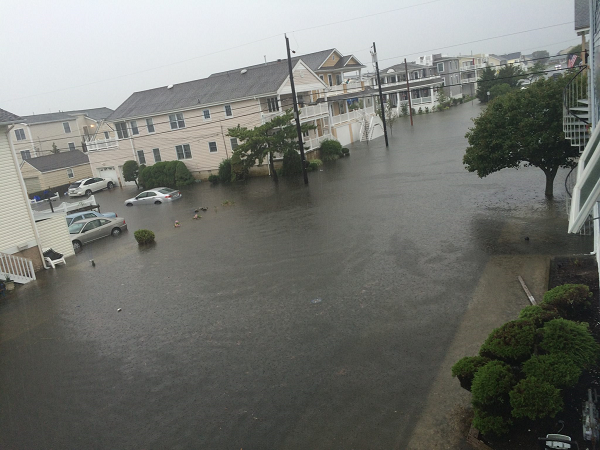
The focus of the Ocean City project was to enhance the community’s capacity to use and access science to formulate decisions that support flood mitigation and coastal resilience. The initial objective for the Ocean City Flooding group was to assist, support and educate the city government, residents and property owners in developing a comprehensive flood remediation plan that includes both short term and long-term planning that includes environmental impacts and strategies for the entire island. The plan has yet to be developed, but the project team made great strides along the way—outlined in detail, below.
In the beginning, this project put an emphasis on community engagement, where several meetings were held between the project team members and community members to get a full understanding of what the community is observing in terms of localized flooding and where that flooding occurs. Dr. Tom Herrington provided context for those questions, helping the community members grapple with the causes of the flooding and what the future may hold in terms of projected precipitation and sea level rise under a changing climate. Tom facilitated discussions with the community on how a combination of high precipitation, sea level rise, drainage/infrastructure limitations and storm surge contributes in complex ways (and will continue to contribute) to the flooding across the barrier island. Additionally, he helped to facilitate a discussion with the community members on ways to start mitigating these local flooding impacts.
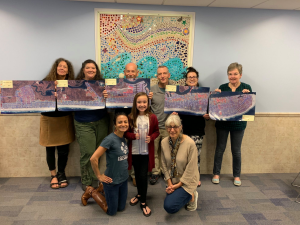
Project Outputs:
Key to the group’s success was the multiple partnerships the team forged with various state and national agencies and organizations, including NJ Sea Grant, NJ Department of Environmental Protection and iSeeChange. In late 2018, iSeeChange began conversations with OC Flooding to start building out a citizen science program with its members. Tom was able to secure 8 rain gages through NJ Sea Grant and iSeeChange sent additional gages. iSeeChange held a public kickoff event with OC Flooding in Ocean City in spring 2019. Over 100 people are involved in collecting rain gage data and shooting photos of flood levels (via bands installed on telephone poles) to share through iSeeChange’s Ocean City Investigations page. Tom is excited to use the data collected from this citizen science effort to continue refining their understanding of the source of island flooding, the frequency and location of flooding.
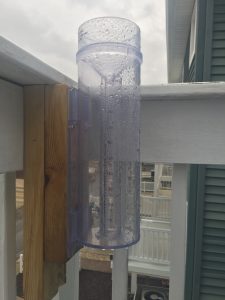
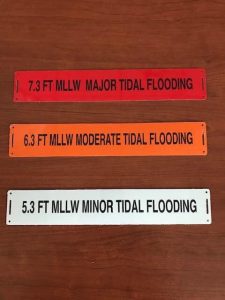
Meetings:
Articles:
1 Of State’s Leading Flood Experts To Speak At Ocean City Library, Patch – Ocean City, May 29, 2018
Can a Living Shoreline help Ocean City?, Ocean City Sentinel, June 2018
Flooding in Ocean City is getting worse, Yale Climate Connections, September 9, 2018
Ocean City Flooding Data Presented At National Conference, Patch – Ocean City, February 19, 2019
Project Outcomes:
Reflections
From this project, others may learn better ways to partner with Thriving Earth Exchange for their own purposes. For instance,
The team noted that the following contributed to the success of the project:
However, there were a few key things that the team would do differently if they had the chance to do this project again:
To other teams currently pursuing Thriving Earth Exchange projects and for those that anticipate doing a Thriving Earth Exchange project, the team recommends:
Known as “America’s Greatest Family Resort”, Ocean City, New Jersey is a favorite beach getaway for those looking to escape hot summer days in the Mid-Atlantic. Approximately 10 miles south of Atlantic City, Ocean City sits on a 7.5-mile-long barrier island peppered with beaches, amusement parks, eateries and vacation homes. The island experiences what is known as Back Bay flooding where inundation occurs when flood waters pass through inlets on the bay side of island. Hurricane Sandy hit the island particularly hard, leaving extensive flooding and damage in its wake. Fast forward 5 years later and the community continues to experience flooding events not only from storms but from a combination of sea level rise and high tide events. These sunny day flood events often cause feet of flooding and are a constant disruption to the residents of Ocean City. For the period between 1911 and 2016 the mean sea level rise trend, as measured by NOAA, for nearby Atlantic City was 4.07mm/year. This rate is forecasted to continue rising with the sustained release of greenhouse gases into Earth’s atmosphere.
For full-time residents, flood events can make life very difficult. Outdated infrastructure has collapsed in areas and storm drains cannot adequately handle flood waters that runoff roofs and impervious pavement. During Winter Storm Jonas in January 2016, residents found themselves trapped indoors for days with dangerous debris floating down the streets and pollution contaminating the flood waters. Properties continue to incur flood damages and the potential for people to be sickened by contaminated flood waters is a constant risk.
The flood group Ocean City Flooding was established to unite residents and property owners concerned about flooding and to coordinate efforts to influence local government to take action to alleviate these persistent problems. OC Flooding’s Facebook page has over 1,300 followers and many use the platform to check in on one another. Community leaders with OC Flooding continue to make their case for why the city should invest in improvements to its outdated and non-functioning stormwater system, emergency management system and zoning laws.
This project has been conceived and designed in partnership with community leaders at OC Flooding and Flood Forum USA.
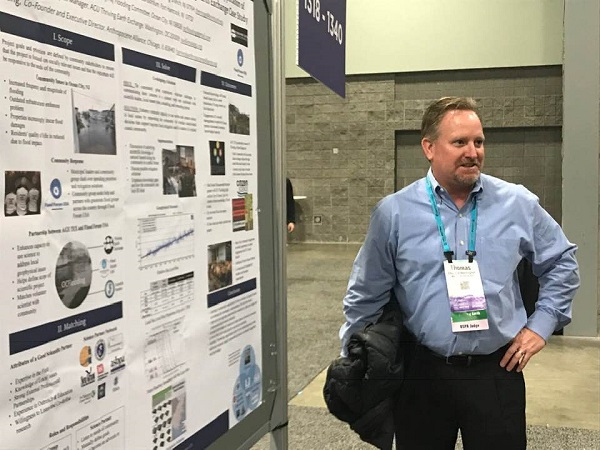
Community Lead
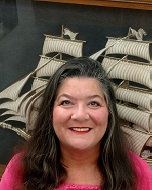
Suzanne Hornick is the founder and chair of the Ocean City Flooding Committee in Ocean City, NJ. Suzanne’s family has owned the property they currently reside in since the early 1940s. She is dedicated to raising awareness of flooding across the barrier island with residents, vacationers and local city government to inspire these groups to reduce flooding and restore parts of the island for future generations.
Scientific Partner
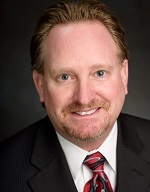
Dr. Thomas Herrington is the associate director of the Urban Coast Institute at Monmouth University. He was previously the director of the ocean engineering graduate program at Stevens Institute of Technology and the director of the New Jersey Coastal Protection Technical Assistance Service. Tom has over 25 years of experience in coastal sustainability and hazard mitigation research, including the analysis of storm surge and wave impacts on coastal communities. He presently serves on the FEMA Region II Coastal Outreach Advisory Team, the New Jersey Coastal Resilience Collaborative, NJFRAMES project committee, Barnegat Bay Partnership Land Use Panel, and is on the Board of Directors of the American Shore & Beach Preservation Association, the Jersey Shore Partnership, and the New Jersey Sea Grant Consortium. Dr. Herrington holds a Bachelor of Engineering Degree in Civil Engineering and a MS and Ph. D. in Ocean Engineering from Stevens Institute of Technology.
This project is part of one of Thriving Earth Exchange’s cohorts. Thriving Earth Exchange has partnered with Flood Forum USA which supports grassroots flood groups across the country by helping them develop strategies for a sustainable future. Thriving Earth Exchange is working with 15 of their grassroots groups to connect them with scientists who can help them better characterize neighborhood-level flood risks and work effectively with local decision makers to mitigate those risks.

ISeeChange is dedicated to empowering communities to document and understand their environment, weather and climate in order to increase resilience. ISeeChange mobilizes communities to share stories and micro-data about climate impacts to inform and improve climate adaptation and infrastructure design. Their platform, tools, and investigations provide equitable, iterative ways for residents to personalize, measure, and track climate change impacts and better participate in community adaptation decisions.
Each post is synced with weather and climate data and broadcast to the community to investigate bigger picture climate trends. Over time, community members can track how climate is changing, season to season, year to year, and understand the impacts on daily life.
ISeeChange is a strategic partner of Thriving Earth Exchange as community members use their platform and tools to better characterize, visualize, and communicate neighborhood-level climate trends and co-develop solutions to mitigate those risks

(c) 2024 Thriving Earth Exchange